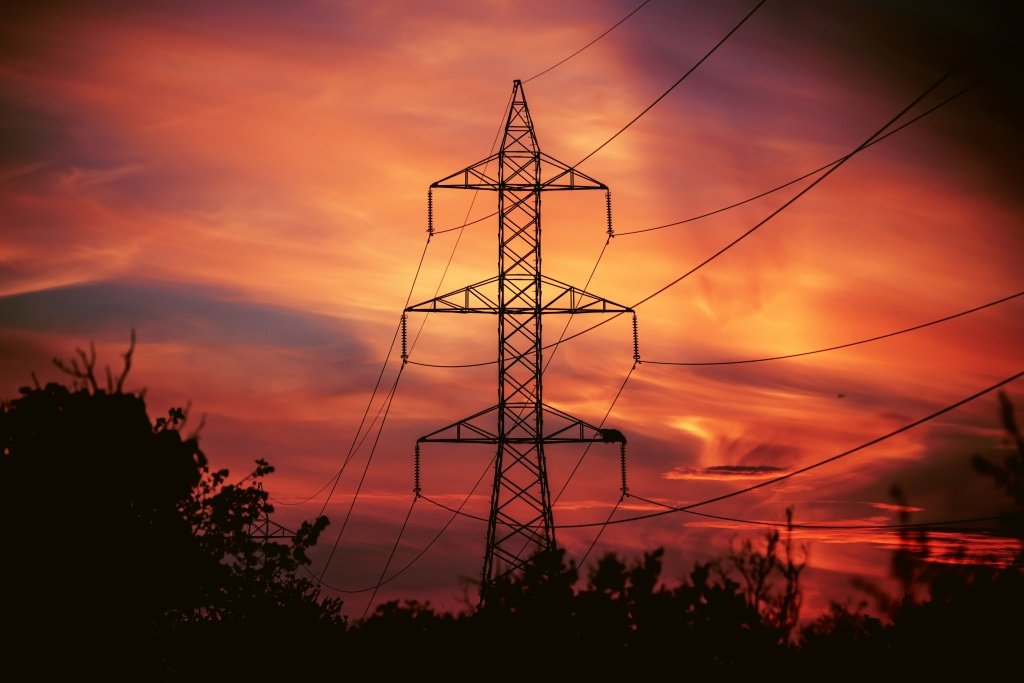Have you ever wondered why electricity rates vary so much between different providers? It can be confusing to see such a wide range of prices for what seems like the same service. However, the truth is that several factors influence how electricity providers set their rates. In this post, I’ll explain the reasons behind these differences and help you understand how to choose the best plan for your needs.
The Basics of Electricity Pricing
To embark on the specifics of why the rates differ it is imperative to get acquainted with how electricity tariffs are set. Electricity sellers buy energy from electricity generators and the cost of producing the energy differs with the source. For instance, there are cases where resources such as wind or solar energy can be costly in the short run as the company invests on the machines to produce them but in the longer run end up saving the company costs.
But it is not merely about the cost of producing the goods. Distribution costs, demand and the regulatory policies of the government are also taken into consideration by the providers while fixing up the prices. Such a complexity militates for the reality that electricity rates are not uniform in every region of the globe.

Key Factors That Affect Electricity Rates
Several factors contribute to the differences in electricity rates among providers. Here’s a closer look at the most significant ones:
1. Source of Energy
One of the things that have the most influence on the rates is the kind of energy a provider uses to generate electricity. Some firms which use more renewable power such as wind, solar or hydroelectric power, may record high fixed cost due to technology purchases. However, these provide more fixed rates within a given duration than the oil-fueled providers who are always influenced by the prevailing fuel costs.
Conversely, those providers that rely on fossil fuels such as coal or natural gas can initially offer rather low tariffs. However, their prices are not as stable as those of local retail outlets because they are greatly influenced by the international market prices for fuel.
2. Demand and Supply
The basic economic principle of supply and demand plays a crucial role in determining electricity rates. During peak times, when demand for electricity is high (like in the summer when air conditioning use is widespread), providers may charge higher rates. Conversely, rates might be lower during off-peak times when demand decreases.
Additionally, some providers offer time-of-use plans that charge different rates based on the time of day. This type of pricing can save you money if you can shift your electricity usage to off-peak times.
3. Geographical Location
Where you live can significantly impact the electricity rates offered by different providers. For example, areas closer to power plants or renewable energy sources might have lower distribution costs, leading to lower rates. Additionally, state regulations and taxes can vary, which also affects pricing.
If you live in a region like Queensland, comparing rates is crucial because the cost of electricity can vary even within the same state. Tools like a Queensland power comparison can help you find the most competitive rates available in your area.
4. Government Regulations and Policies
Government policies, such as subsidies for renewable energy or taxes on carbon emissions, can influence electricity rates. Providers that receive government incentives for using green energy might offer lower rates, while those that have to pay carbon taxes might pass those costs onto customers.
Moreover, in some areas, electricity markets are deregulated, allowing customers to choose their provider. This competition can lead to lower rates as providers vie for customers by offering better deals.

5. Operational Costs
Electricity providers have operational costs that include maintaining infrastructure, paying employees, and investing in new technology. Providers with higher operational costs may charge higher rates to cover these expenses. Additionally, the efficiency of a provider’s operations can impact rates. Providers that can generate and distribute electricity more efficiently may offer lower prices.
How to Choose the Best Electricity Provider
With so many factors influencing electricity rates, how do you choose the best provider? Here are some tips to help you make an informed decision:
- Compare Rates: Start by comparing rates from different providers in your area. Use online tools or contact providers directly to get quotes. For instance, you can contact Energy Australia for more information on their rates and plans.
- Consider Your Usage: Think about how and when you use electricity. If you can shift your usage to off-peak times, a time-of-use plan might be more cost-effective.
- Look at the Fine Print: Some providers offer low introductory rates that increase after a few months. Make sure to read the terms and conditions carefully before signing up.
- Check for Renewable Options: If you’re environmentally conscious, consider choosing a provider that offers renewable energy options. While these plans might be slightly more expensive, they can be more stable over time and are better for the environment.
Key Takeaways
- Electricity rates vary due to factors such as energy source, demand, location, government regulations, and operational costs.
- Comparing rates and understanding your usage patterns can help you find the most cost-effective plan for your needs.
- Choosing a provider that offers renewable energy options can lead to more stable rates and a lower environmental impact.
Conclusion: Making Sense of Electricity Rates
Summing up, one should note that there are so many reasons why electricity providing companies offer different rates: types of energy sources, types of demand and supply, geographical location, government policies and regulations, and providing companies’ operational expenses. Knowing all these aspects will assist one in arriving at the right decision of choosing the right provider of electrical energy. Always initiate a comparison of the rates, think about the usage, and build the providers that meet your values with regard to energy type or establishing the lowest possible rate.
If unsure, you can always consult with the local providers or you use the online search engines to get the suitable plan for you. If you are in a particular area such as Queensland, do not just compare power costs because there are special Queensland tools available for comparison.



